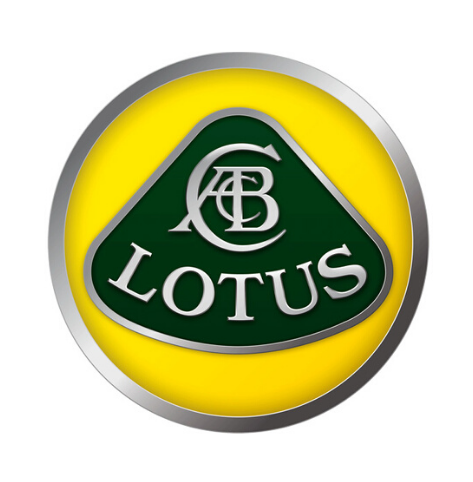1960 Lotus 18 Formula Junior

The descriptions of the Classic Cars in the Directory were partly generated or supplemented with the help of artificial intelligence (AI). The content may occasionally not always be entirely accurate or factually correct despite careful checking.
The Lotus 18 Formula Junior 1960 was a race car designed to compete in the Formula Junior category of motor racing during the early 1960s. Although it was not as successful as the Lotus 18 Formula One car, it was still a highly competitive machine that was widely respected among racing enthusiasts.
At the heart of the Lotus 18 Formula Junior 1960 lay a Coventry Climax FWE engine, which was a four-cylinder unit with a displacement of 1,097cc. This engine was capable of producing up to 81 horsepower, which allowed the car to reach a top speed of around 140 miles per hour. The engine was mated to a four-speed manual gearbox, which provided smooth and precise shifts between gears.
One of the most innovative features of the Lotus 18 Formula Junior 1960 was its monocoque chassis, which was a radical departure from the traditional tubular space frame design that was common at the time. This chassis was constructed from sheets of aluminum alloy that were bonded and riveted together to form a single, rigid structure. This resulted in a car that was lighter, stiffer, and more aerodynamically efficient than its rivals.
Another key feature of the Lotus 18 Formula Junior 1960 was its suspension system, which consisted of double wishbones at the front and rear. This design provided excellent handling and allowed the car to easily navigate through tight corners at high speeds.
The braking system on the Lotus 18 Formula Junior 1960 was also noteworthy, with ventilated discs at the front and drum brakes at the rear. This setup provided excellent stopping power, even under the most demanding of race conditions.
Overall, the Lotus 18 Formula Junior 1960 was a beautifully designed and highly capable racing car that remains a great testament to the engineering and design skills of the Lotus team. Its combination of cutting-edge technology and classic racing aesthetics continue to inspire car enthusiasts around the world.
Milestones
- The Lotus 18 Formula Junior was designed and built in 1960 by the legendary automotive engineer Colin Chapman. - The first race for the Lotus 18 Formula Junior took place at Silverstone on May 14th, 1960. - The car was equipped with a Ford 105E engine and had a steel frame with a fiberglass body. It weighed around 400 kg (880 lb). - The Lotus 18 Formula Junior quickly became one of the most successful cars in the category, winning numerous races and championships. - In 1960, Lotus driver Jim Clark won the British Formula Junior Championship and the European Formula Junior Championship, both driving a Lotus 18. - Clark also won the Monaco Formula Junior race in 1960 driving the Lotus 18, which helped catapult him to fame and eventually led to his successful career in Formula One. - The Lotus 18 Formula Junior was a precursor to the Lotus 18 Formula One car, which was also designed by Chapman and became one of the most successful cars in the history of the sport.Technical
- The Lotus 18 Formula Junior was first introduced in 1960. - The car was designed by Colin Chapman, the founder of Lotus Cars. - It had a monocoque chassis made of lightweight aluminum. - The front and rear suspension were both independent and equipped with coil springs. - The car had four-wheel disc brakes, which were a new technology at the time. - The engine was a 1.1-liter, four-cylinder, pushrod engine with approximately 83 horsepower. - The car weighed only 385 kg (849 lbs), making it one of the lightest Formula Junior cars of its time. - The top speed of the car was around 200 km/h (124 mph). - The Lotus 18 Formula Junior achieved significant racing success, winning numerous races and championships throughout the 1960s.